A team of scientists in Basel believes this will open up new lines of research.
Category: neuroscience – Page 502

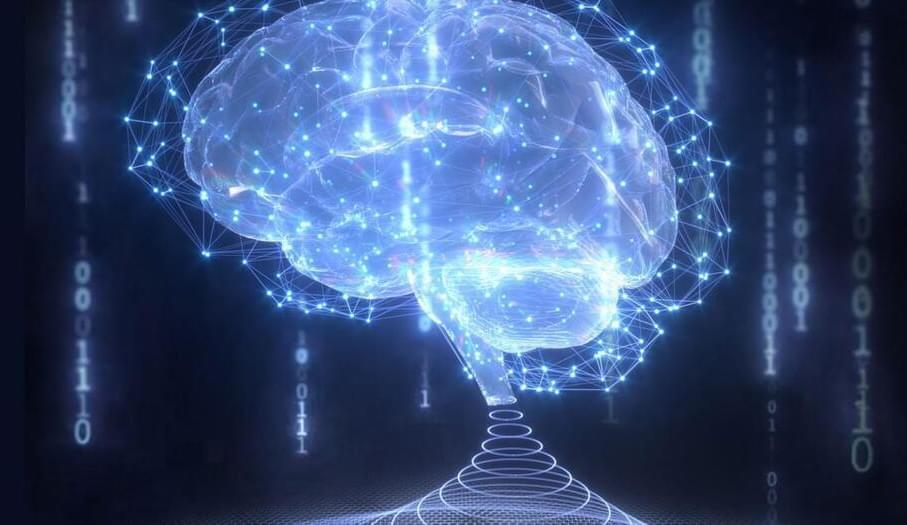
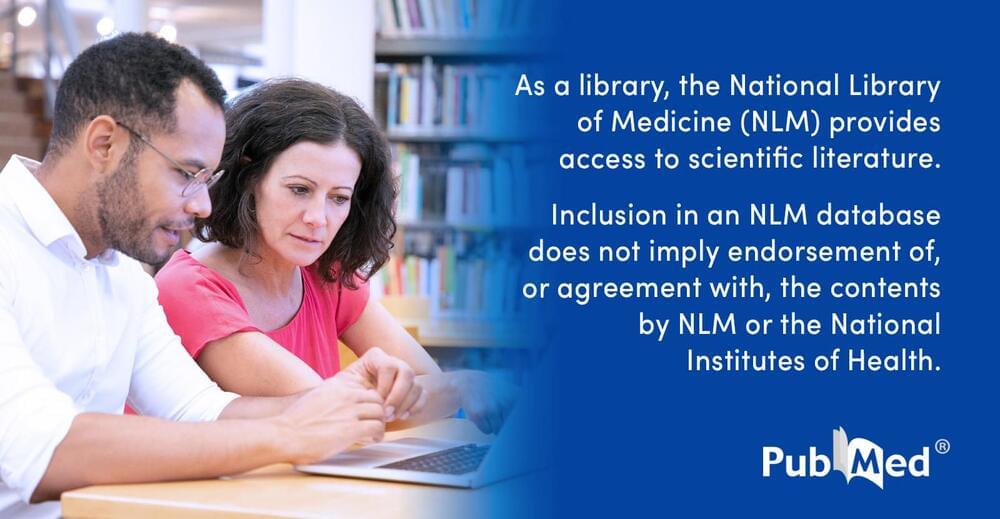
How can we construct a science of consciousness?
This chapter gives an overview of the projects facing a science of consciousness. Such a science must integrate third-person data about behavior and brain processes with first-person data about conscious experience. Empirical projects for integrating these data include those of contrasting conscious and unconscious processes, investigating the contents of consciousness, finding neural correlates of consciousness, and eventually inferring underlying principles connecting consciousness with physical processes. These projects are discussed with reference to current experimental research on consciousness. Some obstacles that a science of consciousness faces are also discussed.
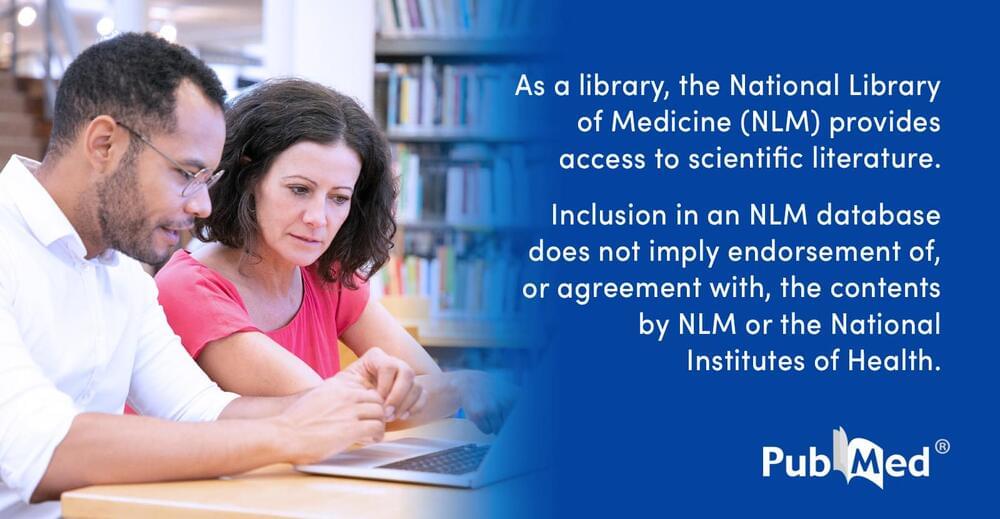
Inner Experience — Direct Access to Reality: A Complementarist Ontology and Dual Aspect Monism Support a Broader Epistemology
Ontology, the ideas we have about the nature of reality, and epistemology, our concepts about how to gain knowledge about the world, are interdependent. Currently, the dominant ontology in science is a materialist model, and associated with it an empiricist epistemology. Historically speaking, there was a more comprehensive notion at the cradle of modern science in the middle ages. Then “experience” meant both inner, or first person, and outer, or third person, experience. With the historical development, experience has come to mean only sense experience of outer reality. This has become associated with the ontology that matter is the most important substance in the universe, everything else-consciousness, mind, values, etc.,-being derived thereof or reducible to it. This ontology is insufficient to explain the phenomena we are living with-consciousness, as a precondition of this idea, or anomalous cognitions. These have a robust empirical grounding, although we do not understand them sufficiently. The phenomenology, though, demands some sort of non-local model of the world and one in which consciousness is not derivative of, but coprimary with matter. I propose such a complementarist dual aspect model of consciousness and brain, or mind and matter. This then also entails a different epistemology. For if consciousness is coprimary with matter, then we can also use a deeper exploration of consciousness as happens in contemplative practice to reach an understanding of the deep structure of the world, for instance in mathematical or theoretical intuition, and perhaps also in other areas such as in ethics. This would entail a kind of contemplative science that would also complement our current experiential mode that is exclusively directed to the outside aspect of our world. Such an epistemology might help us with various issues, such as good theoretical and other intuitions.
Keywords: complementarity; consciousness; contemplative science; dual aspect model; epistemology; introspection; materialism; ontology.
Copyright © 2020 Walach.
Biology and Neuroscience — 2023’s Biggest Breakthroughs
Quanta Magazine’s coverage of biology in 2023, including important research progress into the nature of consciousness, the origins of our microbiomes and the timekeeping mechanisms that govern our lives and development.\
\
Read about more breakthroughs from 2023 at Quanta Magazine: https://www.quantamagazine.org/the-bi…\
\
00:05 The Investigation of Consciousness\
Our minds are constantly taking in new external information while also creating their own internal imagery and narratives. How do we distinguish reality from fantasy? This year, researchers discovered that the brain has a “reality threshold” against which it constantly evaluates processed signals. \
- Original story with links to research papers can be found here: https://www.quantamagazine.org/is-it–…\
\
04:30 Microbiomes Evolve With Us\
This year, scientists provided clear evidence that the organisms in our microbiome —the collection of bacteria and other cells that live in our guts and elsewhere on our body — spread between people, especially those with whom we spend the most time. This raises the intriguing possibility that some illnesses that aren’t usually considered communicable might be.\
– Original story with links to research papers can be found here: https://www.quantamagazine.org/global…\
\
08:43 How Life Keeps Time\
The rate at which an embryo develops and the timing of when its tissues mature vary dramatically between species. What controls the ticking of this developmental clock that determines an animal’s final form? This year, a series of careful experiments suggest that mitochondria may very well serve dual roles as both the timekeeper and power source for complex cells.\
- Original story with links to research papers can be found here: https://www.quantamagazine.org/what-m…\
\
- VISIT our Website: https://www.quantamagazine.org \
- LIKE us on Facebook: / quantanews \
- FOLLOW us Twitter: / quantamagazine \
\
Quanta Magazine is an editorially independent publication supported by the Simons Foundation: https://www.simonsfoundation.org/
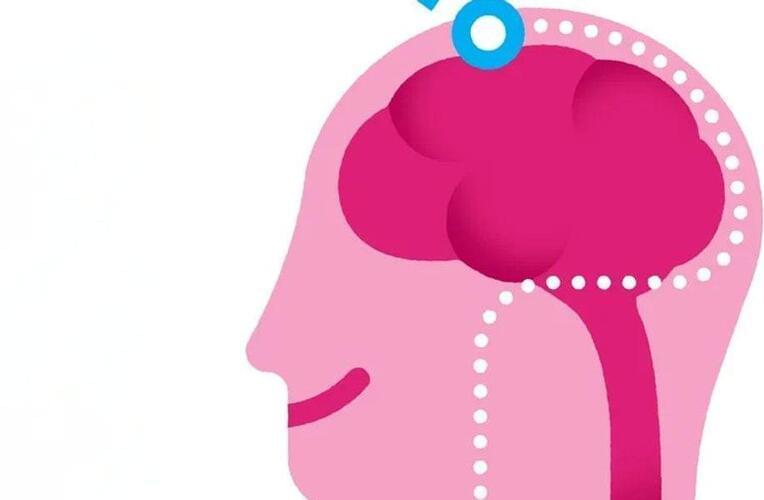
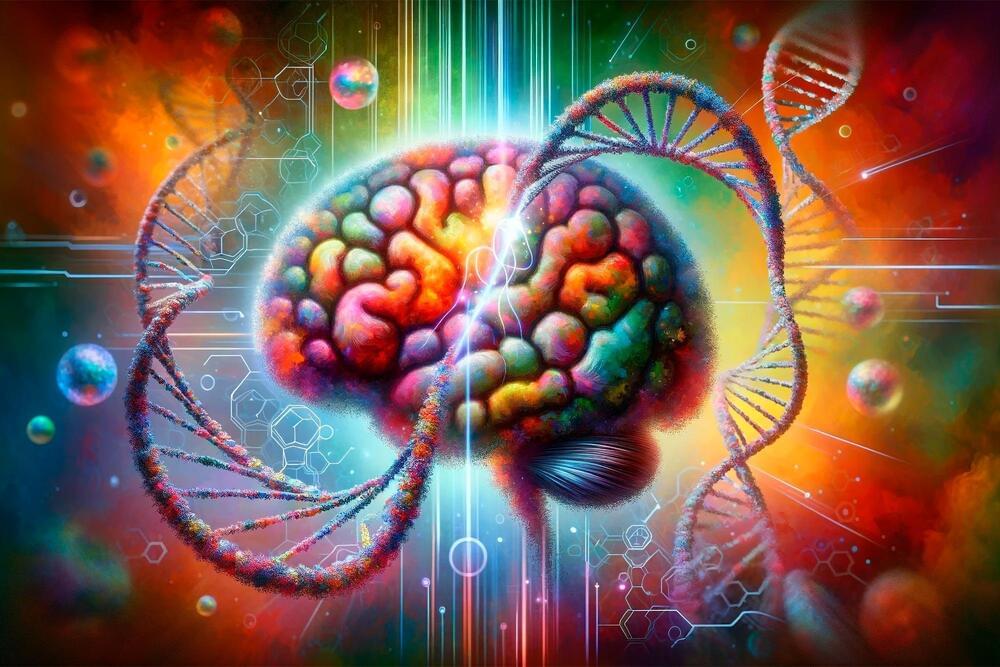
Brainy Breakthrough: CHOOSE System Unlocks Autism Secrets
The CHOOSE system, an innovative approach combining brain organoids and genetics, transforms autism research by allowing detailed analysis of mutations and their effects on brain development.
Does the human brain have an Achilles heel that ultimately leads to Autism? With a revolutionizing novel system that combines brain organoid technology and intricate genetics, researchers can now comprehensively test the effect of multiple mutations in parallel and at a single-cell level within human brain organoids.
This technology, developed by researchers from the Knoblich group at the Institute of Molecular Biotechnology (IMBA) of the Austrian Academy of Sciences and the Treutlein group at ETH Zurich, permits the identification of vulnerable cell types and gene regulatory networks that underlie autism spectrum disorders. This innovative method offers unparalleled insight into one of the most complex disorders that challenge the human brain with implications that bring autism clinical research much-needed hope.
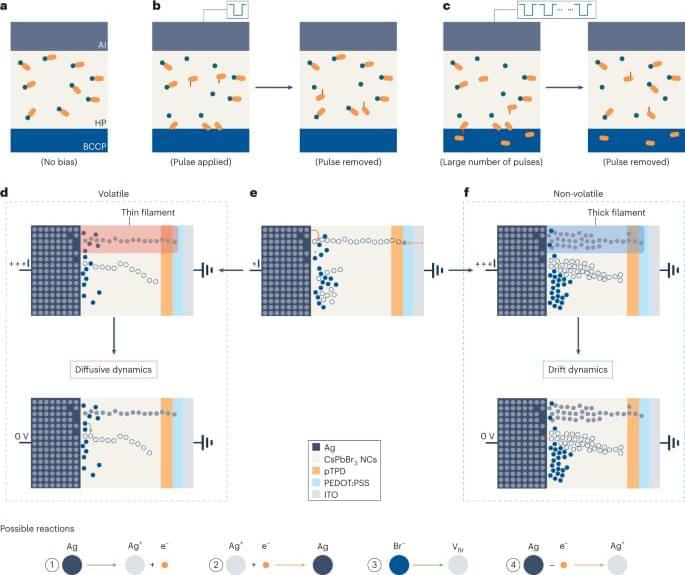

Neuralink-Linked Startup Working on Tech So You Can Keep Working While You Dream
For those of you for whom the grind never stops, the tech startup Prophetic is offering an unusual device that supposedly lets you work while you sleep — because when else are you supposed to get your side hustle in?
Called “Halo,” it’s a thick headband that Prophetic says is able to induce lucid dreams, the kind of dreams in which you’re aware that you’re dreaming and thus potentially able to take control of.
They can make for memorable if not life-changing experiences for some. But rather than wasting your time and dream power exploring your subconscious mind, Prophetic wants you to take lucid dreams by the reins and try being productive with them for a change.